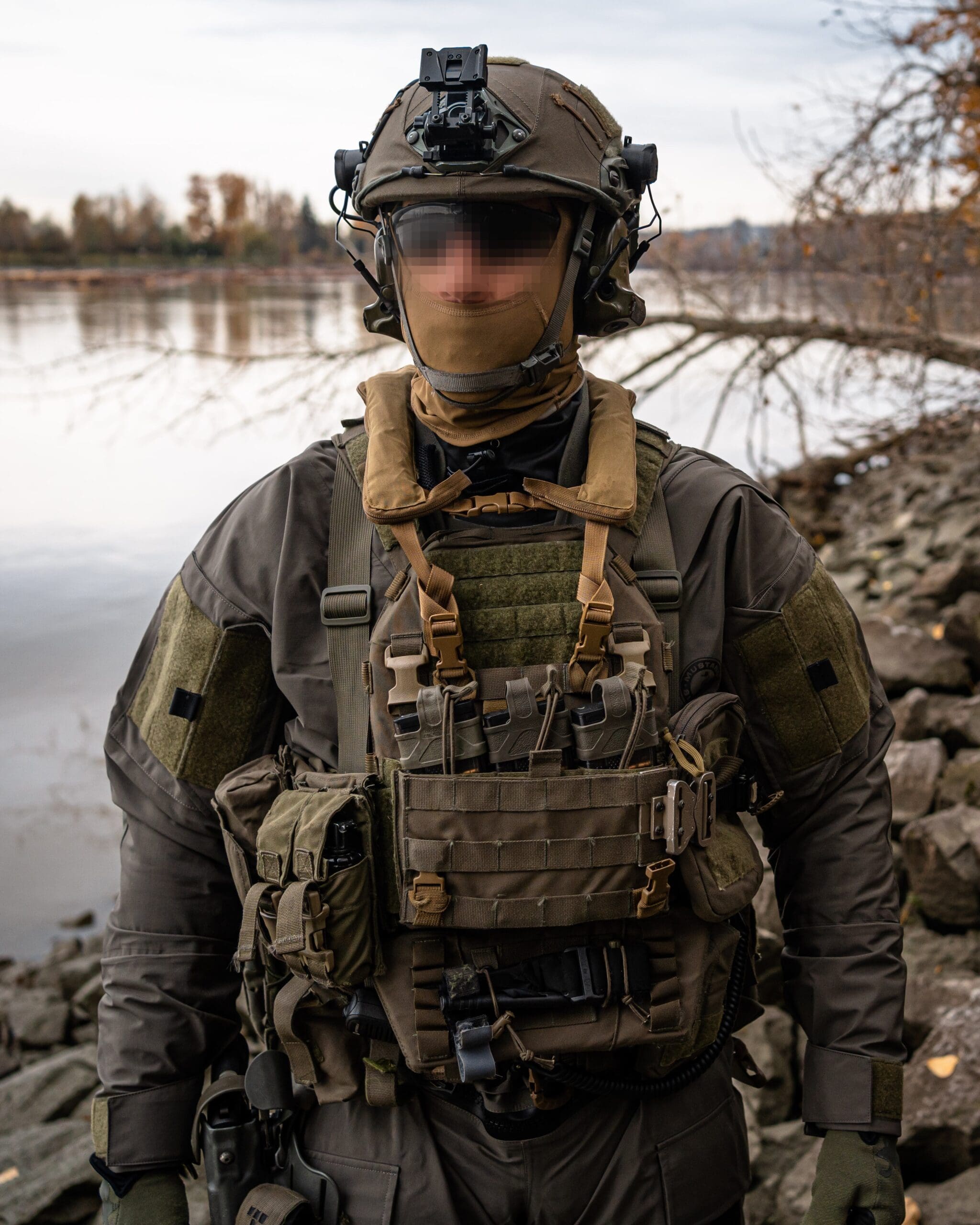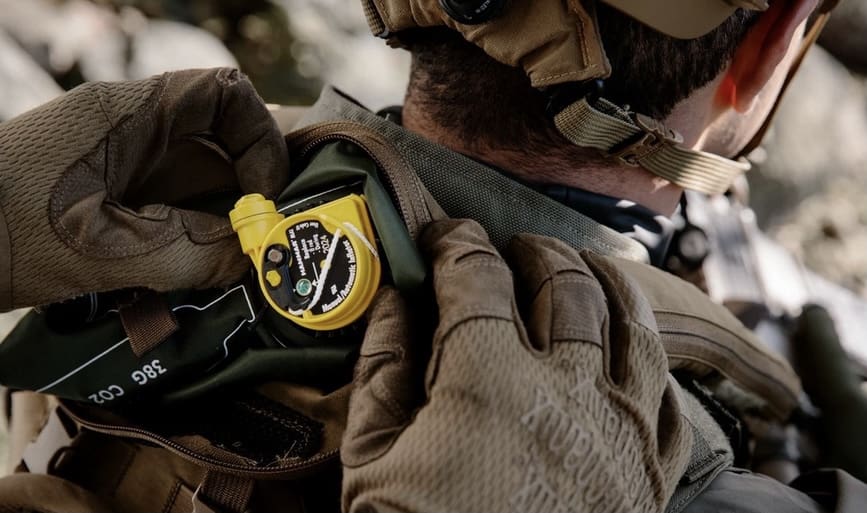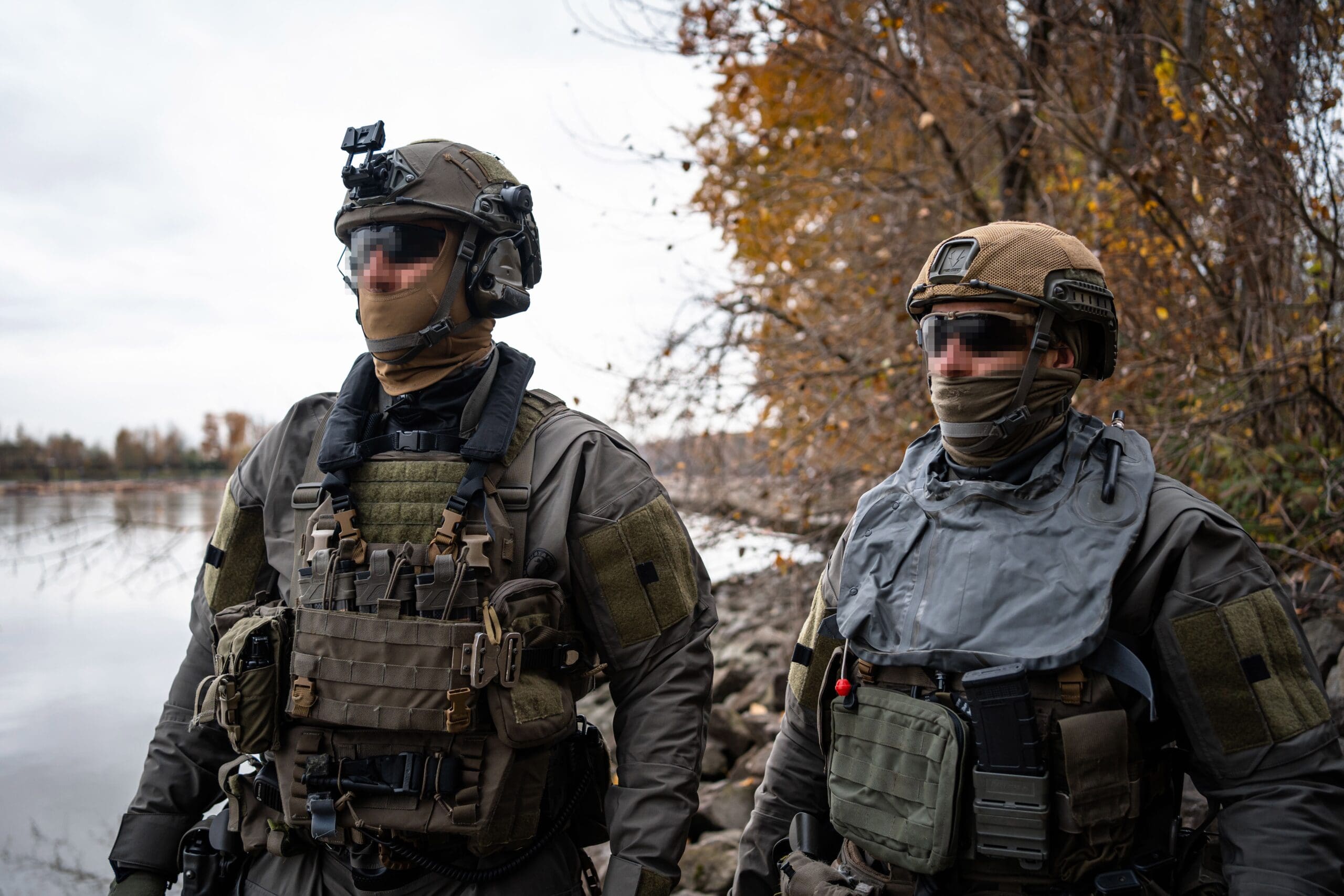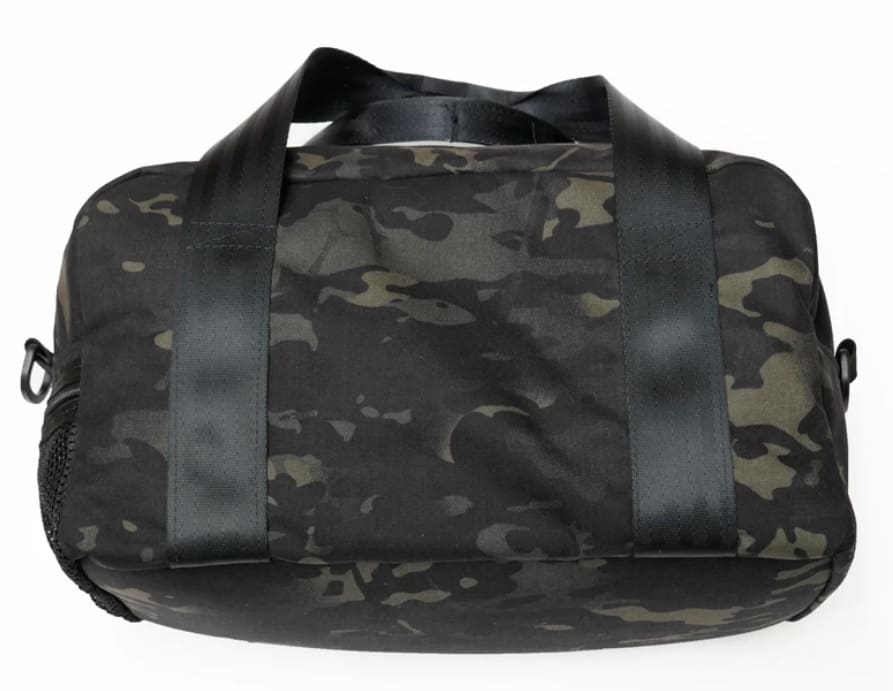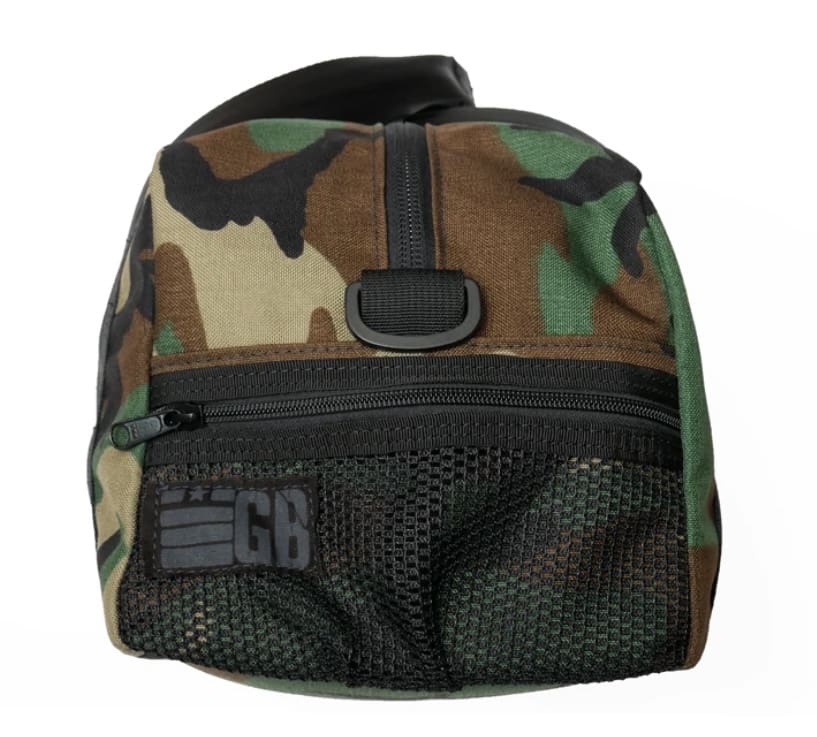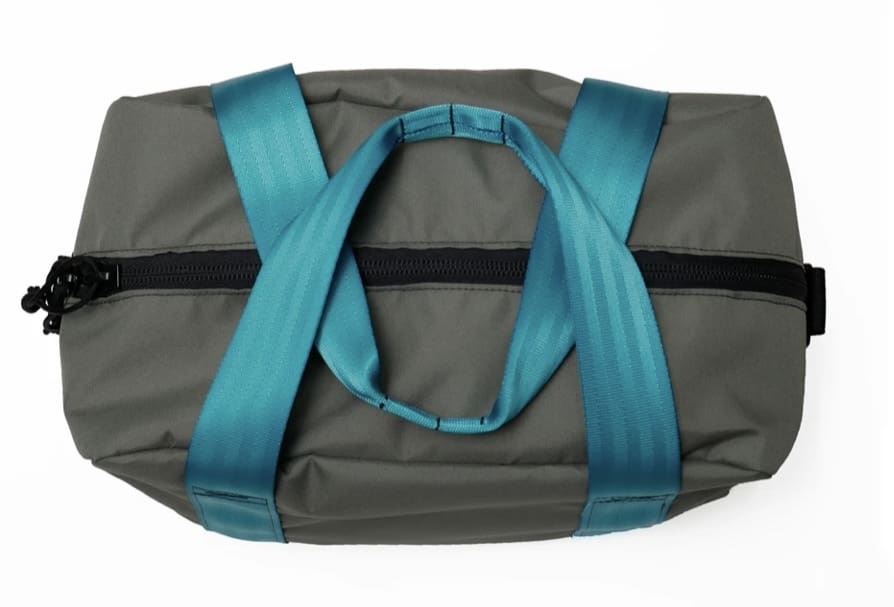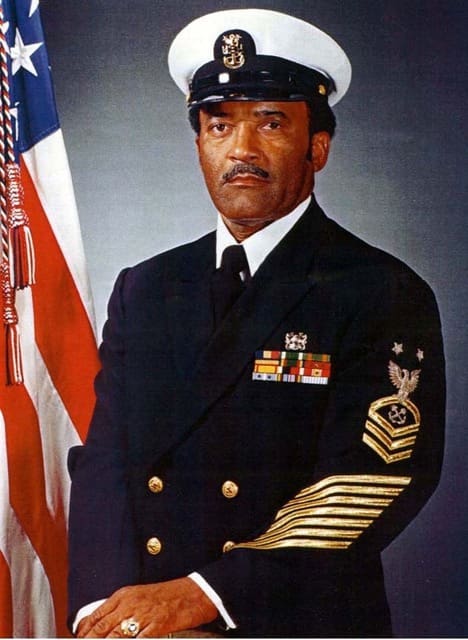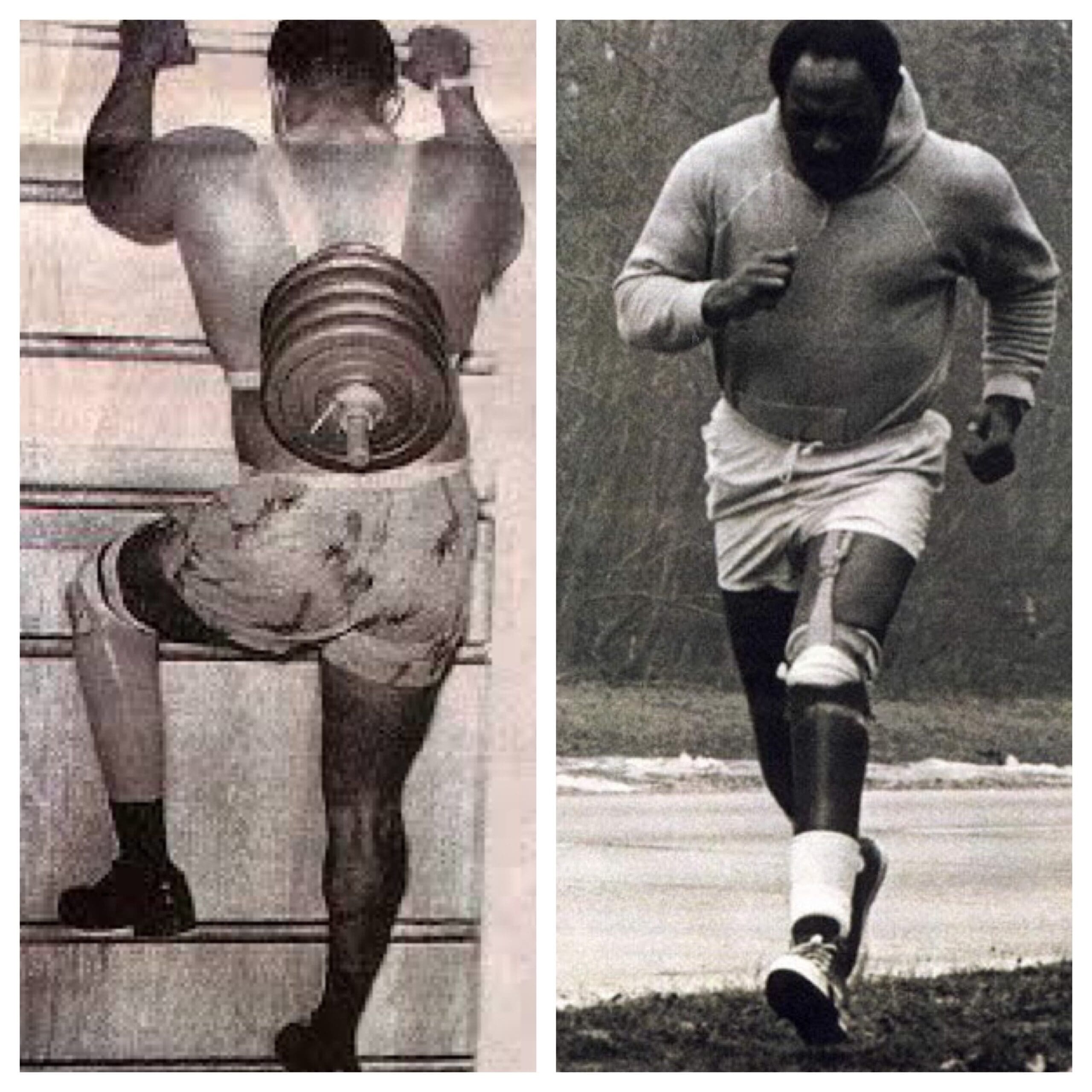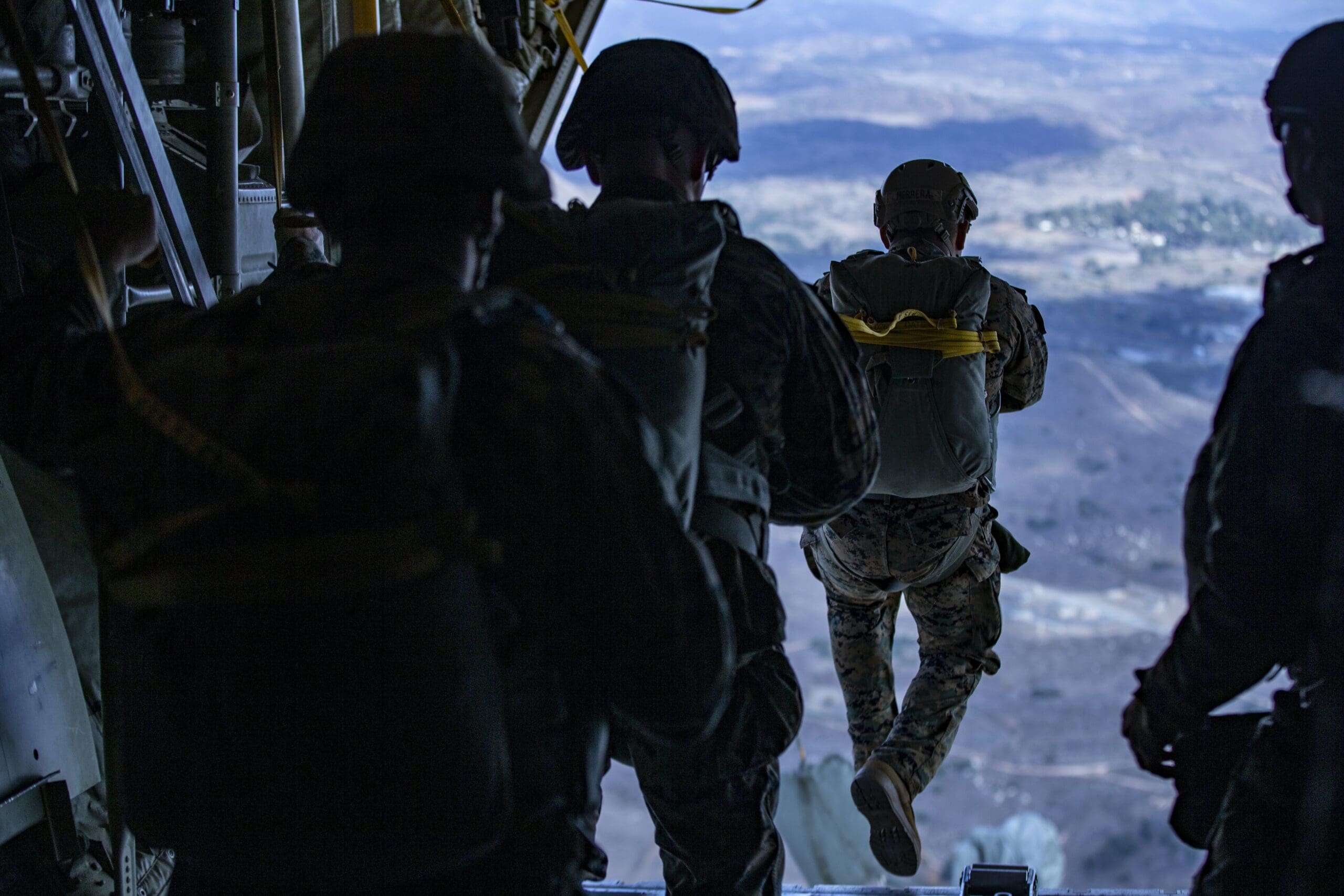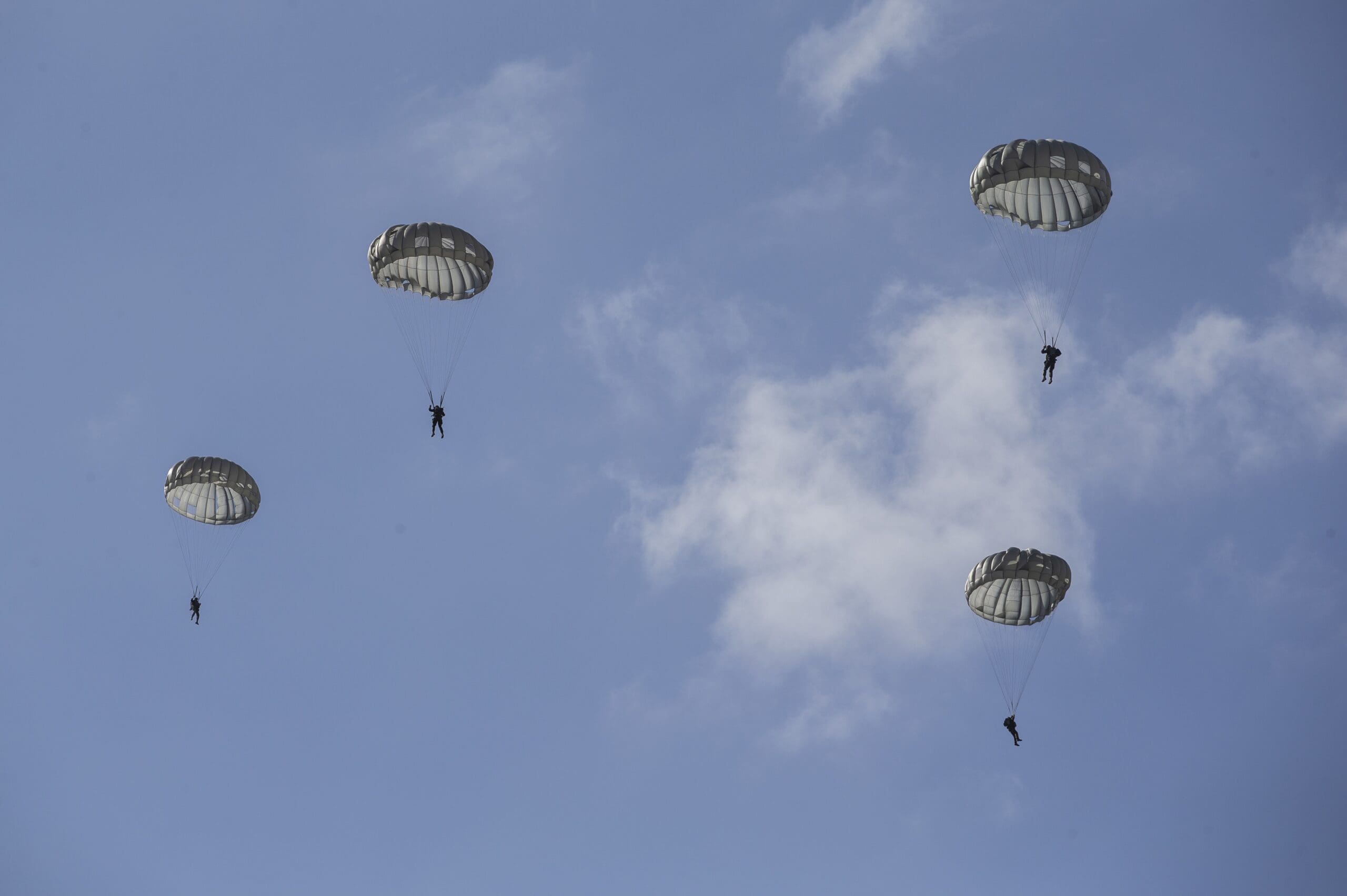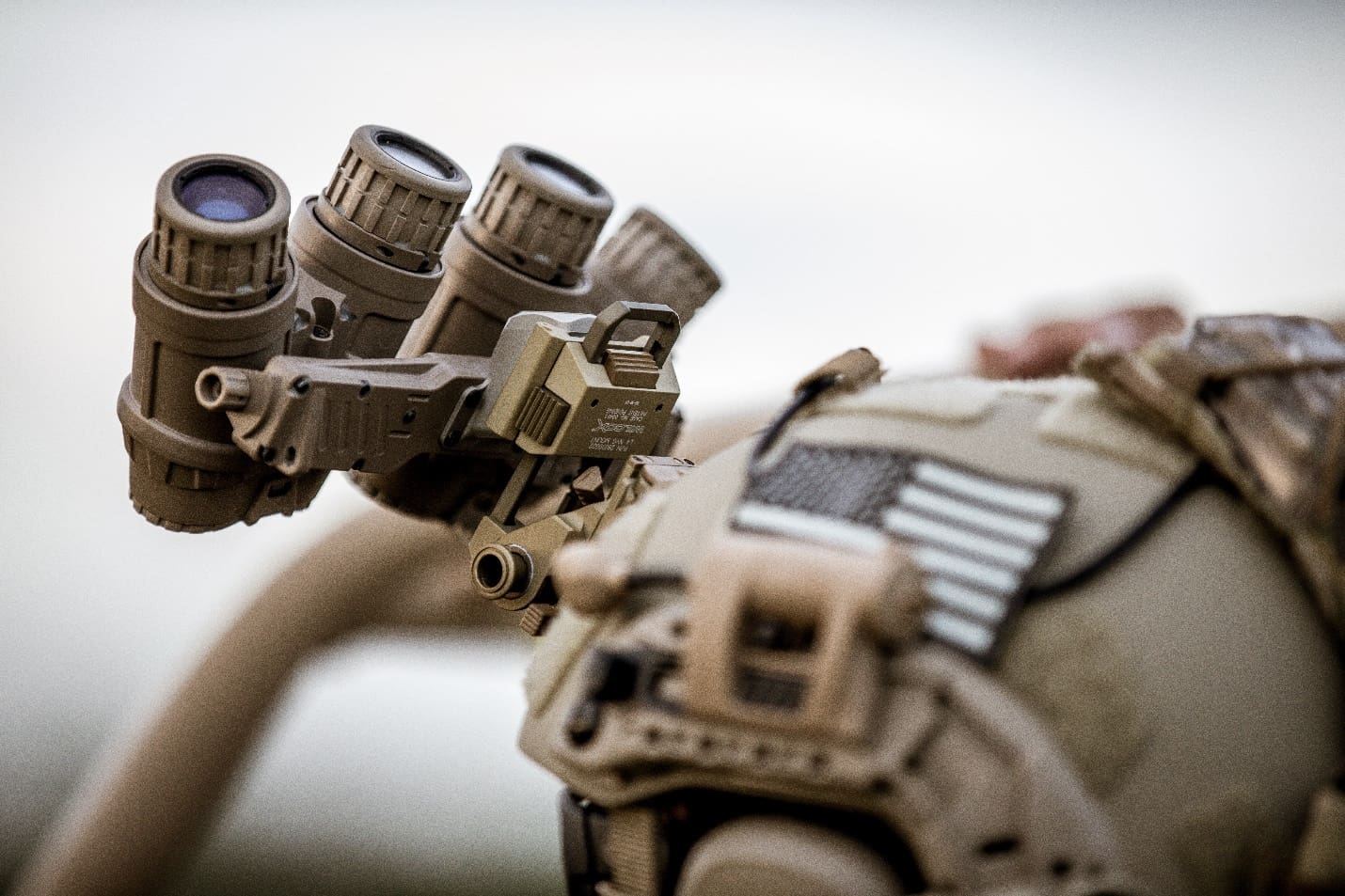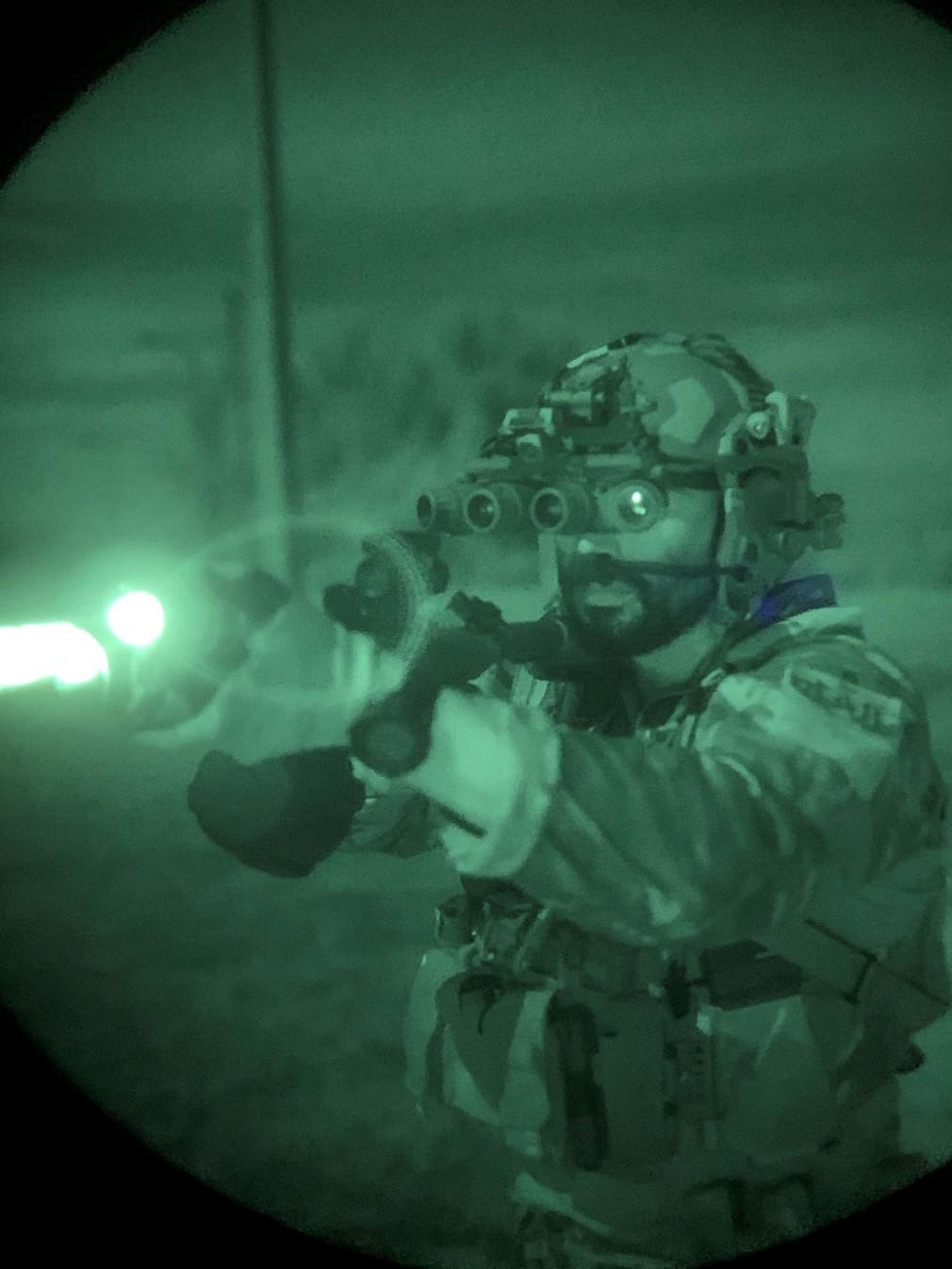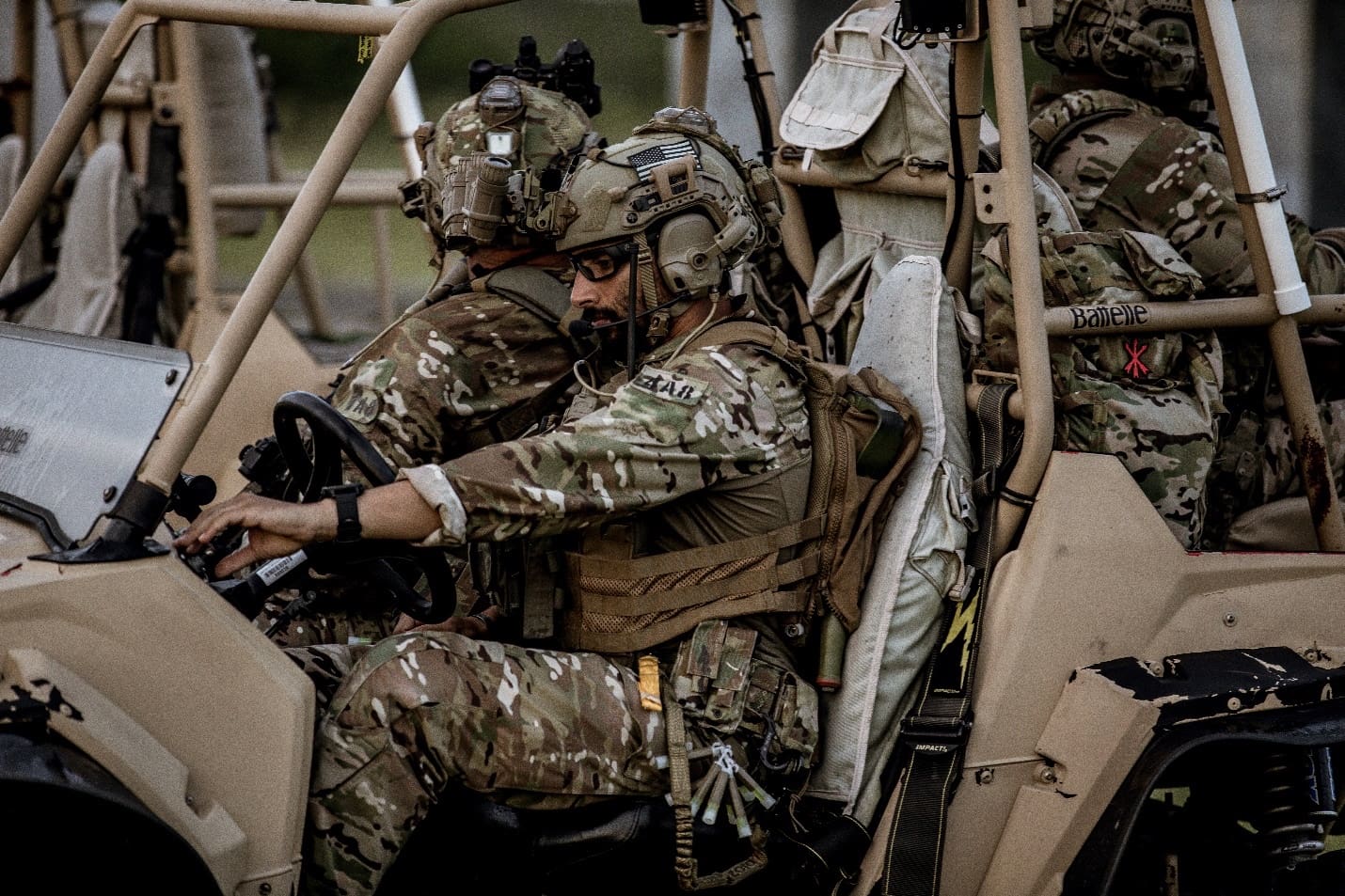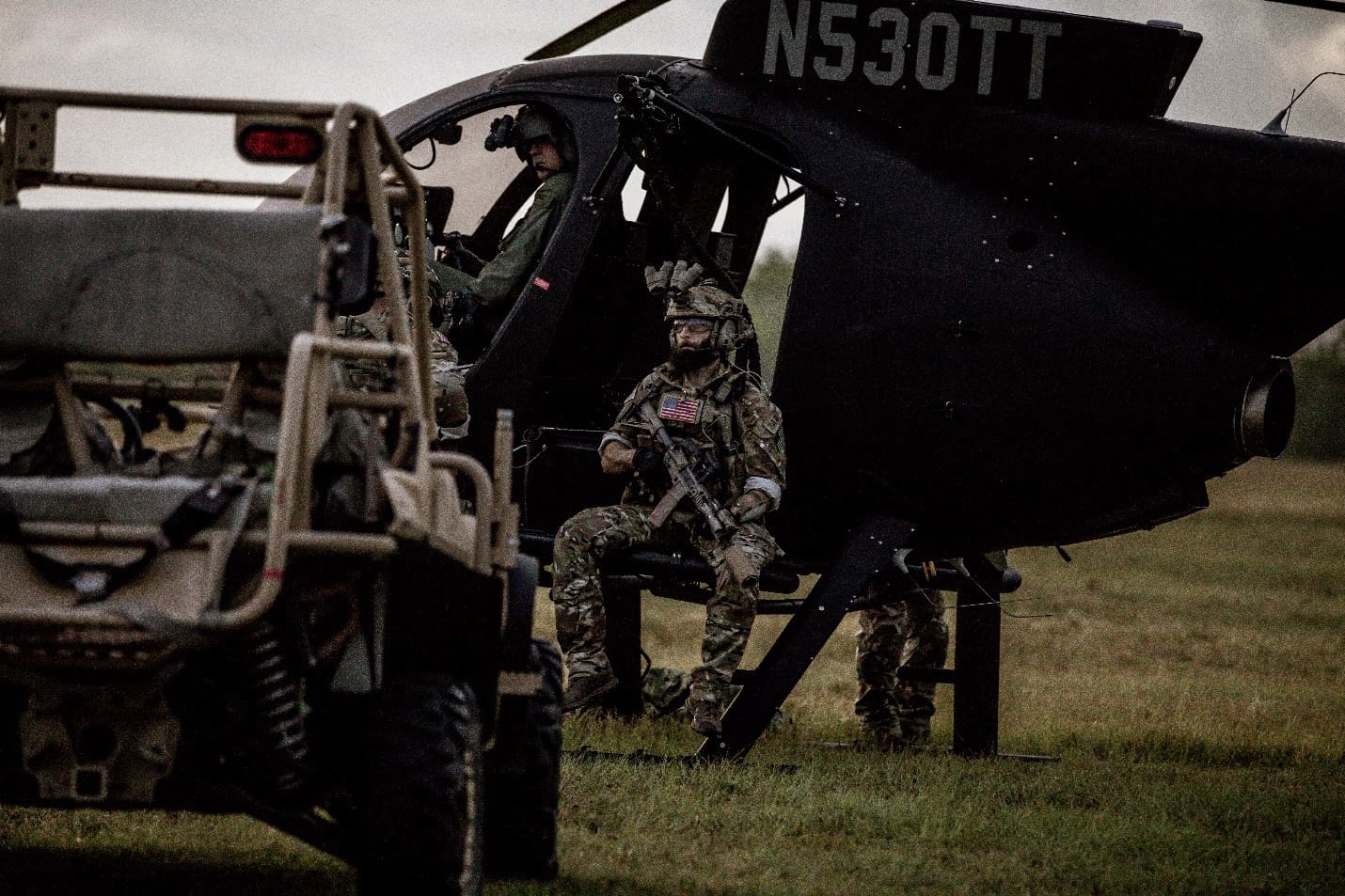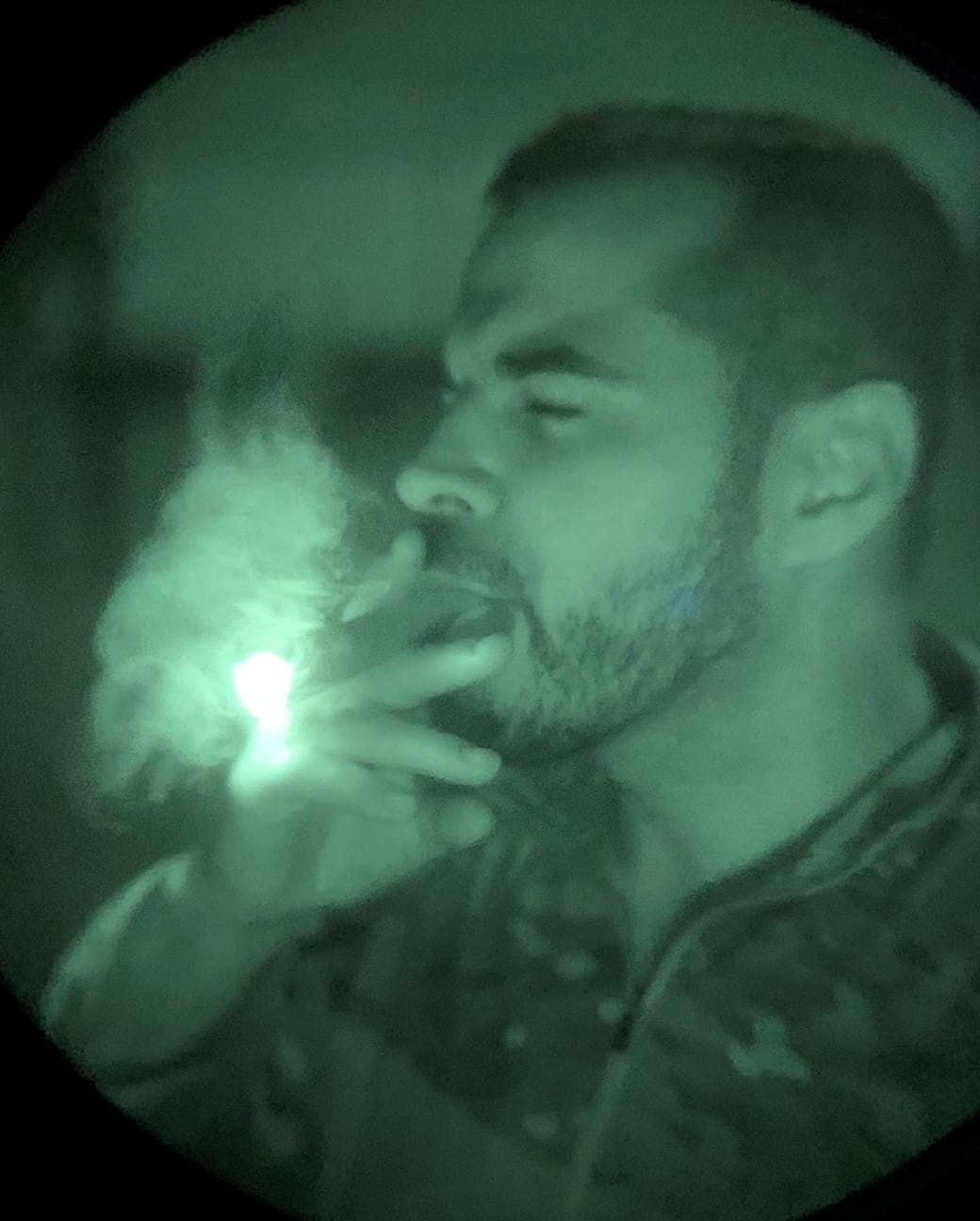The Army published the updated TC 3-20.0 Integrated Weapons Training Strategy (IWTS) on the 18th of June, 2019 based on training lessons learned accumulated over the preceding 18 years of continuous combat operations in Iraq and Afghanistan. While for the civilian sector 18 months is plenty of time for implementation of new policies and procedures, the Army generally takes three to five years for full implementation and socialization (there are still NCOs who don’t know the changes to the 2016 revision of TC 3-22.9 Rifle and Carbine regarding the shot process, but I digress.) This article is purely to serve as a means to help boost awareness of the changes to the Integrated Weapons Training Strategy so that leaders at all levels can best adapt existing policies to fall in line with new Army doctrine.
The major change to the IWTS regarding Live Fire Exercise (LFX) progression is the addition of Table V Fire Control Exercise (FCX) to Squad/PLT/Co tables which serve to replace the traditional blank iteration that would occur prior to a “live” iteration. Instead, blank rounds are last used during Table IV Field Training Exercise (FTX). While this change initially seems to increase risk during training, it actually reduces risk as the progression of tables, if followed properly, will improve proficiency in individuals and small teams through increased repetition of tasks. Additionally, the 75th Ranger Regiment learned, “the blind hit live fire is safer than live fire on rehearsed terrain.”1 This finding supports the IWTS’s implementation of Table V FCX instead of a blank iteration on the maneuver range itself.
Speaking with members of the MCOE’s Weapons and Gunnery Branch at Building 4 on Fort Benning, GA, the implementation of Table V (FCX) serves to reduce logistical complication of multiple ammunition DODICs, provide an additional repetition using live ammunition, and reduce bad habits that are often seen during blank runs. The IWTS describes the FCX as, “a course of fire using training ammunition on an authorized live-fire facility. This table trains basic skills at a reduced tempo to enable proper leader and Soldier execution of the skills… This table includes the execution of critical skills in a live environment under live-fire conditions. Table V is commonly the first training event where the element employs its weapons with full caliber training ammunition, within a combat-realistic scenario and targetry to a required performance measure and standard…” While Table V could (in theory) serve as the “blank run” for those who are more resistant to change, to do so would be getting away from the original intent of the change itself.
The 75th Ranger Regiment’s lessons learned identified having the blank run be on an offsite objective of similar scale and target array/training objectives but different terrain greatly improved the training value of their Live Fire. The Regiment noted that, “Although the concept and scheme of maneuver remained constant, each progressive iteration demanded effective communication. Rangers moderated the pace of movement and target engagement to match their reduced situational awareness. Likewise, leaders matched their decision tempo to their reduced level of understanding. A “sight unseen” scenario completely strips the typically choreographed maneuver sequence and communication, and leadership are stressed to a whole new degree. Clean and concise communication governs the tempo and lethality of the assault.” With this in mind, the change to Table IV (FTX) is justified as it provides the offsite blank iteration prior to Tables V and VI.
Understandably, this is a significant change that will require the redirection of the Army’s bureaucratic momentum to overcome existing institutional inbreeding when it comes to live fire training. Unfortunately, many of the leadership positions that need to support these changes in order to allow the Army to properly implement it are rarely at the levels where these LFX progressions commonly occur. It is the Colonel to General Officer population and their staffs at both Brigade and echelons above brigade that need to embrace and fully support this new doctrine if any meaningful changes are to occur in a timely manner.
Below is an example of a squad level progression as well as provided the descriptions of each table as listed in the training circular.
Squad LFX Progression Example:2
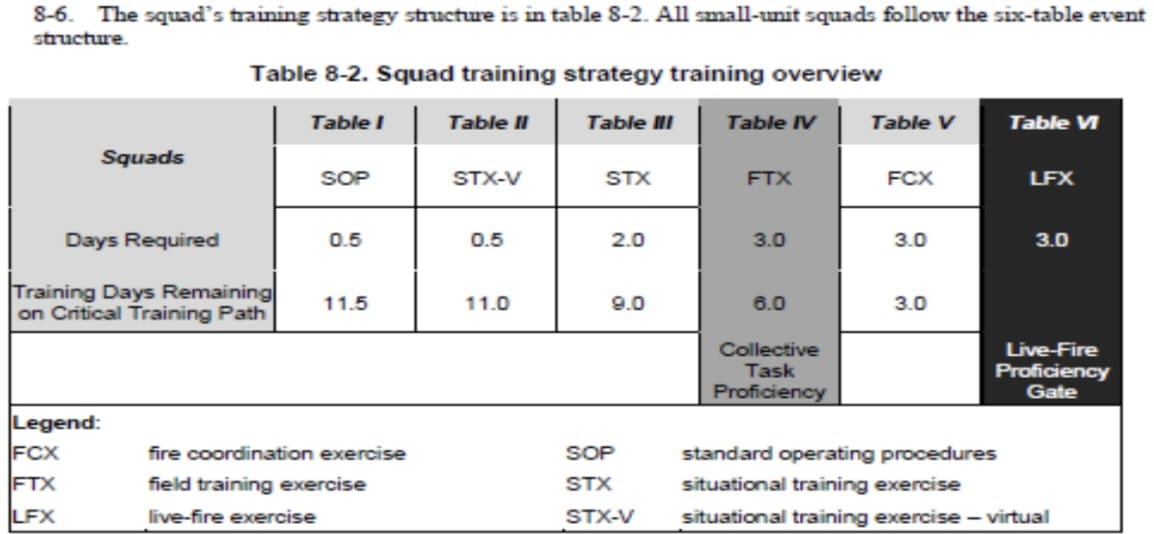
(1) Crawl:
a. Table I (SOP), “is a pre-live-fire, hands on performance, and written evaluation of weaponry tasks, characteristics, capabilities, and function in a live environment. It verifies the Soldier’s abilities to perform critical tasks, understand how the unit operates tactically as the mission requires, and employ the weapons and systems safety during training and tactical operations as part of the element… Soldiers must demonstrate proficiency on individual tasks, skills, and knowledge through testable (written) and performance (hands-on) evaluation. Table I is a pre-requisite to any live-fire training with the element.” 3
b. Table II (STX-V), “is a simulations based demonstration of performance of employing the element to its primary capabilities. It is the culminating evaluation of the small team or squad after completing the element’s appropriate simulations training strategy. Table II is a replication (simulation) of the element’s supporting collective tasks (small teams and squads), or their live-fire qualification course (crew platforms and mortars). It provides a measured demonstration of performance before any live-fire event for the element.”4
(2) Walk:
a. Table III (STX), “is a live environment, hands-on training event utilizing training aids and devices, and may include the use of blank ammunition, pyrotechnics, and battle effects simulators. This event trains and evaluates the element’s ability to execute critical tasks using their organic weapons, systems, and equipment, during day and limited visibility conditions, and while operating in a CBRN environment.”5
(3) Run:
a. Table IV (FTX), “is a live environment where dismounted small teams and squads conduct an externally evaluated FTX using TADSS and training and evaluation outlines for all supporting collective tasks. It includes the use of blank ammunition, pyrotechnics, and battle effects simulators, as well as an appropriately trained and equipped opposing force… Table IV is the squad’s [Collective Task Proficiency (CTP)] evaluation that is used to determine the company’s overall CTP metric. This table includes the execution of critical skills in a live environment… prepares the element to employ their weapons and systems against the most common threat scenarios using prescribed targetry or opposing forces to a required standard.”6
b. Table V (FCX), “is a course of fire using training ammunition on an authorized live-fire facility. This table trains basic skills at a reduced tempo to enable proper leader and Soldier executions of the skills… This table includes the execution of critical skills in a live environment under live-fire conditions. Table V is commonly the first training event where the element employs its weapons with full caliber training ammunition, within a combat-realistic scenario and targetry to a required performance measure and standard…”7
c. Table VI (LFX), “uses full caliber training ammunition on an authorized life-fire facility or safety certified training area that assesses a squad’s tactical employment and lethality proficiency…”8
While the changes to some of the tables seems drastic, their successive building upon previous tables will both increase proficiency at both individual and collective levels, and reduce risk associated with conducting what amounts to a blind live iteration during the FCX. Additionally, there is nothing saying that leaders cannot still conduct TEWTs and “dry” safety walks of the lanes with subordinate echelons prior to.
These changes will simultaneously increase the training value of all training events in a LFX progression and increase safety during tables utilizing live ammunition. By adapting to the new training doctrine the Army can remain the premier land warfare organization within the Department of Defense and best prepare its Soldiers, NCOs, and Officers for the next war.
CPT Daniel Vazquez is a 2013 graduate of Norwich University’s Corps of Cadets and has a B.A. in history. Commissioned as an Infantryman in 2013, he has served in both Infantry and Stryker Brigade Combat Team formations. He is currently serving as a Rifle Company Commander in an IBCT Infantry Battalion.
Footnotes:
1 Live Fire Training as a Building Block to Readiness and Leader Development document can be found on the 75th Ranger Regiment’s Lessons Learned MilSuite page. (CAC Enabled) https://www.milsuite.mil/book/groups/75th- ranger-regiment-lessons-learned
2 TC 3-20.0 Integrated Weapons Training Strategy, Chapter 8-2, Table 8-2.
3 TC 3-20.0 Integrated Weapons Training Strategy, Chapter 8-2, Para 8-7 & 8-8.
4 TC 3-20.0 Integrated Weapons Training Strategy, Chapter 8-3, Para 8-9.
5 TC 3-20.0 Integrated Weapons Training Strategy, Chapter 8-4, Para 8-11.
6 TC 3-20.0 Integrated Weapons Training Strategy, Chapter 8-5, Para 8-13 & 8-14. 7 TC 3-20.0 Integrated Weapons Training Strategy, Chapter 8-6, Para 8-15 & 8-16 8 TC 3-20.0 Integrated Weapons Training Strategy, Chapter 8-7, Para 8-17
